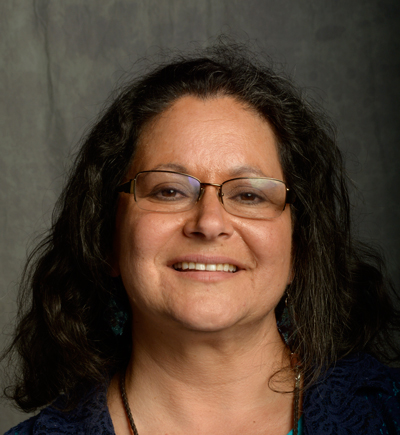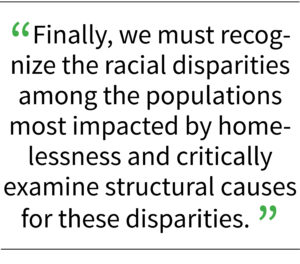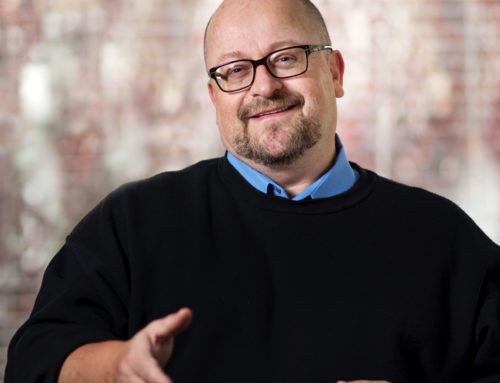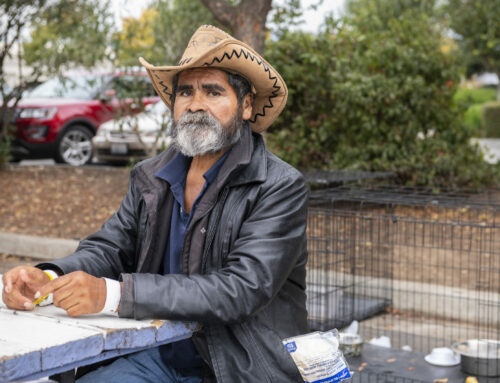“2020 Community Plan to End Homelessness” addresses the scale of the response that is needed
By Jan Bernstein Chargin

Jan Bernstein Chargin
Every two years Santa Clara County does a census of the homeless population. While we occasionally see reductions, we just as often see heartbreaking increases. Public conversations often run from blaming to hand-wringing to criminalization. Many believe the problem to be unsolvable.
The truth is, however, that we do know how to get people off the street (yes, even people with drug addictions and mental health needs). We do know how to end homelessness. During the past five years in Santa Clara County, we have ended homelessness for more than 14,000 people using a Housing First approach. Yet the overall numbers haven’t gone down. For each household that left homelessness, two to three more fell into it. And the novel coronavirus and attendant economic disruption are threatening thousands more families with loss of their homes.
Many people have waited for years, while living outdoors, to be called for housing. There have been far more people in need of housing assistance than there have been homes available. To be effective in ending homelessness, the solution will have to be scaled up to meet the need.
 The county’s recent report “2020 Community Plan to End Homelessness” addresses the scale of the response that is needed, calling for a bold goal to connect 20,000 homeless individuals to permanent housing in the next five years. The plan includes homelessness prevention as well, and improvement of quality of life for people still on the street and their communities. This plan was developed through a process that included collaborative input from community-based service organizations, local governments, philanthropy, business, healthcare, and people with lived experience of homelessness.
The county’s recent report “2020 Community Plan to End Homelessness” addresses the scale of the response that is needed, calling for a bold goal to connect 20,000 homeless individuals to permanent housing in the next five years. The plan includes homelessness prevention as well, and improvement of quality of life for people still on the street and their communities. This plan was developed through a process that included collaborative input from community-based service organizations, local governments, philanthropy, business, healthcare, and people with lived experience of homelessness.
It consists of three strategies:
-
Address the root causes of homelessness through systemic and policy change.
-
Expand homelessness prevention and housing programs to meet the need.
-
Improve quality of life for unsheltered individuals and create healthy neighborhoods for all.
The plan’s goals by 2025 are to:
-
Achieve a 30 percent reduction in the annual number of people becoming homeless.
-
House 20,000 people through the supportive housing system.
-
Expand the Homelessness Prevention System and other early interventions to serve 2,500 people per year.
-
Double temporary housing and shelter capacity to reduce the number of people sleeping outside.
-
Examine the racial inequities present among unhoused people and families and track progress toward reducing disparities.
South County is not removed from the problem of homelessness. Hundreds of people, including families with children, college students, seniors, and people with disabilities, are living in tents, in cars, in a round-robin of motels and couch-surfing, and in cold weather shelters (during the few months they are available in winter).
We have stepped up with support for local programs: the Safe Parking program for families in Morgan Hill, Gilroy Compassion Center’s Day Center and other services, St. Joseph’s Family Services, and the nonprofit Community Solutions, all working in coordination with each other and the Santa Clara County Office of Supportive Housing.
 South County communities should continue to identify and address gaps in what is needed to end homelessness. We must continue to encourage the development of affordable housing, especially units for people with extremely low incomes. And we must be creative about interventions for people still on the street.
South County communities should continue to identify and address gaps in what is needed to end homelessness. We must continue to encourage the development of affordable housing, especially units for people with extremely low incomes. And we must be creative about interventions for people still on the street.
We especially need to include the voices of those with current or past experience of homelessness in these efforts, in recognition that our unhoused neighbors are people with a unique perspective, people who can and should have an important role in any conversation about this topic. We can encourage projects and organizations that include people with real life experience. Finally, we must recognize the racial disparities among the populations most impacted by homelessness and critically examine structural causes for these disparities.
Jan Bernstein Chargin is on the board of directors for Destination: Home, and facilitates the South County Homeless Task Force. She was a founding board member of and served for eight years as the chair for Gilroy Compassion Center. She is on the founding board for PitStop Outreach.






